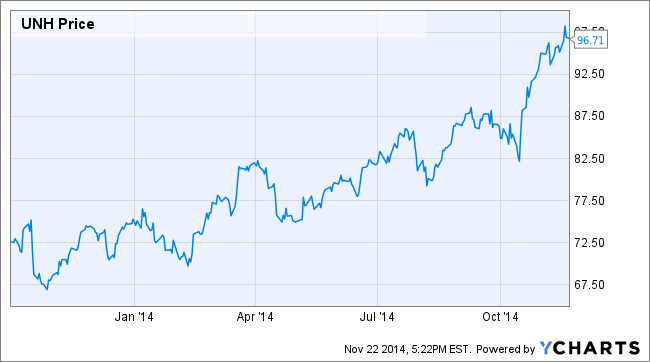
Opened in 2006, the House of Sweden is a stunning contemporary building that houses both the Swedish and Icelandic Embassies in Washington DC’s Georgetown. The front of the building, comprised of a towering glass facade, provides visitors with a full-scale view of the clean lines of the interior architecture and the workings of the occupants. The four storey building was designed specifically to foster an atmosphere of positive and creative cooperation. The architects envisioned unusual features in an embassy — a combination of openness and transparency.
The building’s architectural elements translate into the technological approaches of Sweden more generally (i.e., their influence in the Open Source movement). Additionally, the spirit of the relationship between technology and medicine is captured beautifully in the Virtual Autopsy Project, an academic-industrial partnership that led to the development of a new commercialized product called the Sectra Visualization Table. In early 2010, the Embassy hosted an exhibit of home-grown technologies that I was lucky enough to see when I was biking around Georgetown and stopped in to check out the exhibit hall.
A dining room table-sized touch screen (basically a giant iPad) obscuring a giant CPU with plywood and tablecloths (this was a prototype) allowed users to interact in with 3-D images generated by CT and MRI scans. Developed at Sweden’s Center for Medical Science and Visualization, the table demonstrated how visualization can serve medical education, screening, and diagnostics.
While a rite of passage for a first-year medical student is a cadaver dissection, the availability of virtual cadavers may enhance opportunities for investigation and thankfully limit the time a student has to withstand the odor of formaldehyde in a dissection lab. The Swedish research team has also demonstrated the potential of touchscreen technologies in clinical care, especially in specialties like cardiology, neurology, surgery, orthopedics, and veterinary medicine. As touchscreen devices reach ubiquity in clinical medicine, there is a world of opportunity for developers of these tools and and expanding toolkits for their users.
Anders Ynnerman, one of the researchers who developed the table, in a recent TED Talk, gives a history of the Virtual Autopsy Table and samples some of the applications.






